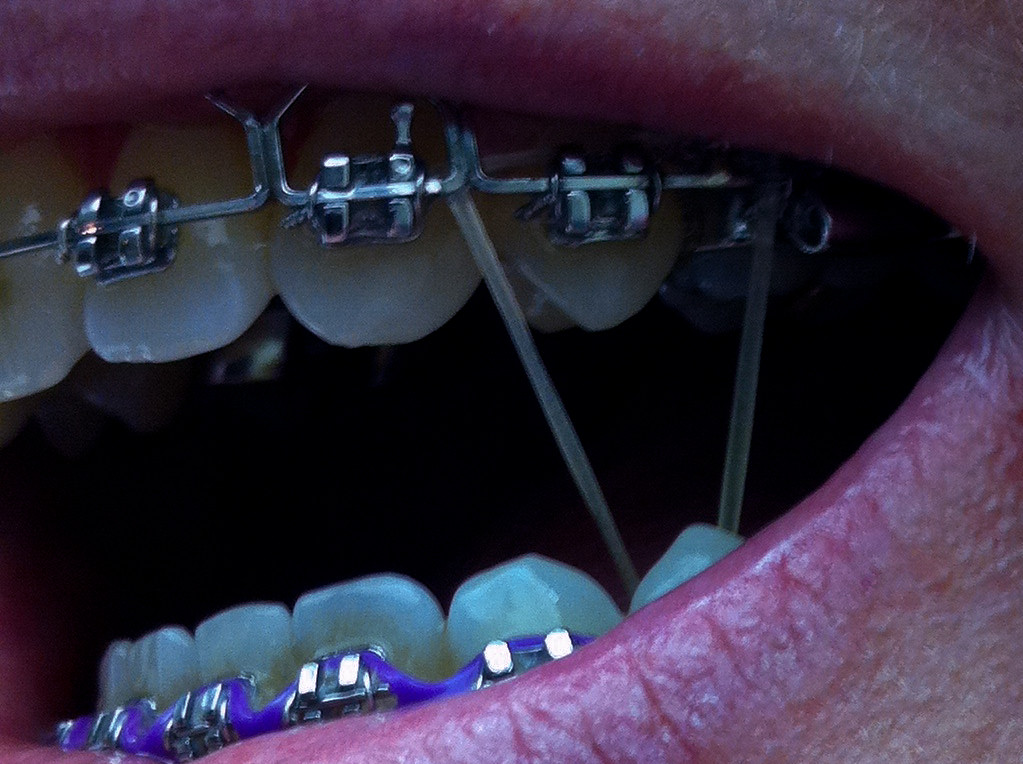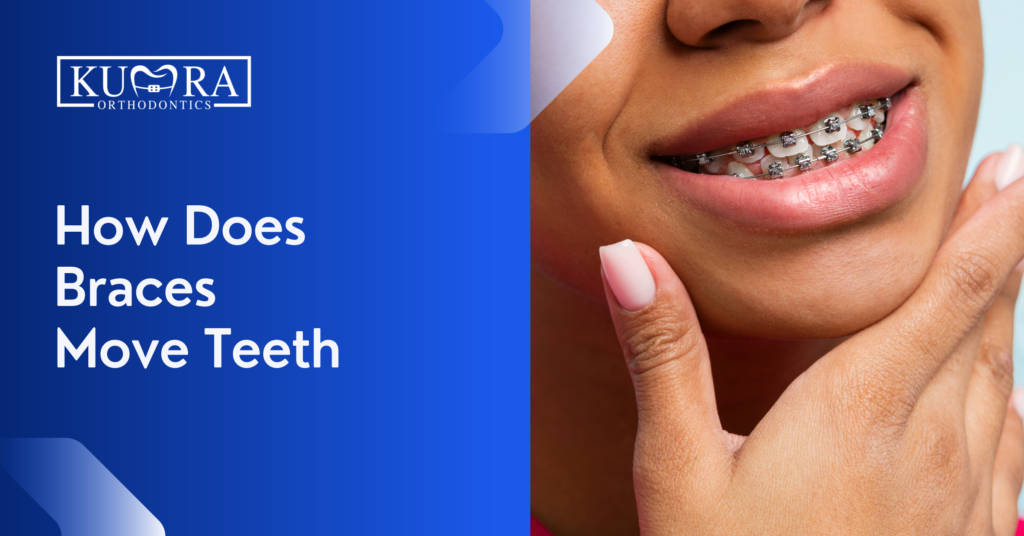A Biased View of All Star Family Orthodontics
Table of ContentsThe 20-Second Trick For All Star Family OrthodonticsAll Star Family Orthodontics Fundamentals ExplainedAll Star Family Orthodontics - TruthsThe Greatest Guide To All Star Family OrthodonticsAll Star Family Orthodontics Fundamentals Explained

At Advanced Orthodontics, we offer individuals with a alternative treatment experience. Additionally, we provide adjustable therapy schedules, flexible repayment alternatives and a fun, enjoyable experience - old bridge aligners. Telephone call ( 480) 357-4900 today for even more information and timetable a consultation.
An orthodontist is a dental expert educated to identify, avoid, and treat teeth and jaw irregularities. Orthodontists work with people of all ages, from youngsters to grownups.
Malocclusion, or misaligned teeth, can lead to dental issues, including dental caries, gum tissue illness, and tough or painful eating. Not every person is birthed with straight teeth. If you have a negative bite or huge spaces between your teeth, you might intend to seek advice from a dental expert focusing on orthodontic treatment.
Some Known Questions About All Star Family Orthodontics.
(Image Credit Scores: DigitalVision/Getty Images) Orthodontists use fixed and removable oral tools, like dental braces, retainers, and bands, to change the position of teeth in your mouth. Orthodontic therapy is for dental problems, including: Crooked teethBite troubles, like an overbite or an underbiteCrowded teeth or teeth that are as well far apartJaw misalignmentThe objective of orthodontic treatment is to boost your bite.
While you could believe of orthodontists as primarily for youngsters or teens that need dental braces, they can fix oral problems at any type of age. Orthodontists attend university, oral school, and orthodontic school.
All orthodontists are dental experts, yet not all dental experts are orthodontists. Orthodontic residency programs supply intensive, concentrated instruction for oral experts. They concentrate on 2 areas: How to appropriately and safely relocate teeth Exactly how to correctly lead development in the teeth, jaw, and faceOnce an orthodontist has actually finished training, they have the alternative to come to be board certified - https://www.evernote.com/shard/s575/sh/28185fdc-50a6-ce95-e156-6c3f962d75f0/2pZCRt9Yjvrlhh8hZRZ6kaKXnvDVIDBfqC2Xg0RiRD7ttVBPYipMp8EDoA.
All Star Family Orthodontics - Truths
Misalignment, or malocclusion, is one of the most typical reason people see an orthodontist. It is genetic and is the outcome of dimension distinctions between the top and lower jaw or in between the jaw and teeth. Malocclusion causes tooth overcrowding, an irregular jaw, or irregular bite patterns. Malocclusion is generally treated with: Your orthodontist affixes metal, ceramic, or plastic square bonds to your teeth.
If you have only small malocclusion, you may be able to use clear braces, called aligners, rather than traditional dental braces. Some people require a headwear to help relocate teeth into line with stress from outside the mouth. After braces or aligners, you'll need to use a retainer. A retainer is a custom-made gadget that keeps your teeth in position.

You might require to see an orthodontist if you have: Crowding or not adequate area for every one of your teethOverbite, when your top teeth come over your base teethUnderbite, when your base teeth are as well far forwardSpacing or issues with gapsCrossbite, which is when your upper teeth fit behind your base teeth when your mouth is closedOpen bite or a vertical space in between your front base and upper teethMisplaced midline, when the facility of your bottom and upper teeth do not line up Correcting a dental malocclusion can: Make biting, chewing, and speaking easierImprove the symmetry of our face and your overall appearanceEase discomfort from temporomandibular joint problemsSeparate your teeth and make them simpler to clean up, assisting protect against tooth degeneration or dental caries It's commonly a dental expert who first notifications misaligned teeth throughout a regular test.
Unknown Facts About All Star Family Orthodontics
Throughout your first orthodontic assessment, you'll likely have: An oral examPhotos taken of your face and smileDental X-raysPanoramic (360 degree) X-rays of your face look at here and headImpressions to create mold and mildews of your teethThese examinations will aid your orthodontist know how to proceed with your therapy. An orthodontist is a dental professional who's had training to treat your teeth and jaw.
Orthodontists are dental practitioners but not all dentists are orthodontists. Orthodontists are focused on your bite, or the method your teeth fit together, and the straightness of your teeth.

By meticulously examining these elements, the orthodontist can pinpoint any type of imbalances, crowding, spacing issues, or jaw inconsistencies. As soon as a clear image is established, the orthodontist will discuss customized therapy choices.
The 7-Minute Rule for All Star Family Orthodontics
, orthodontists have a diverse toolkit at their disposal. These reliable braces use a system of brackets bound to the teeth and attached by cords.
Clear aligners, like Invisalign, are a prominent option for individuals seeking a much more discreet therapy alternative. These removable trays are tailor-made to gradually shift the teeth's position. Headgear might be utilized together with braces or aligners to apply additional targeted pressures, specifically for remedying jaw inconsistencies. In instances of slim jaws, palatal expanders can be utilized to create space for proper tooth positioning.